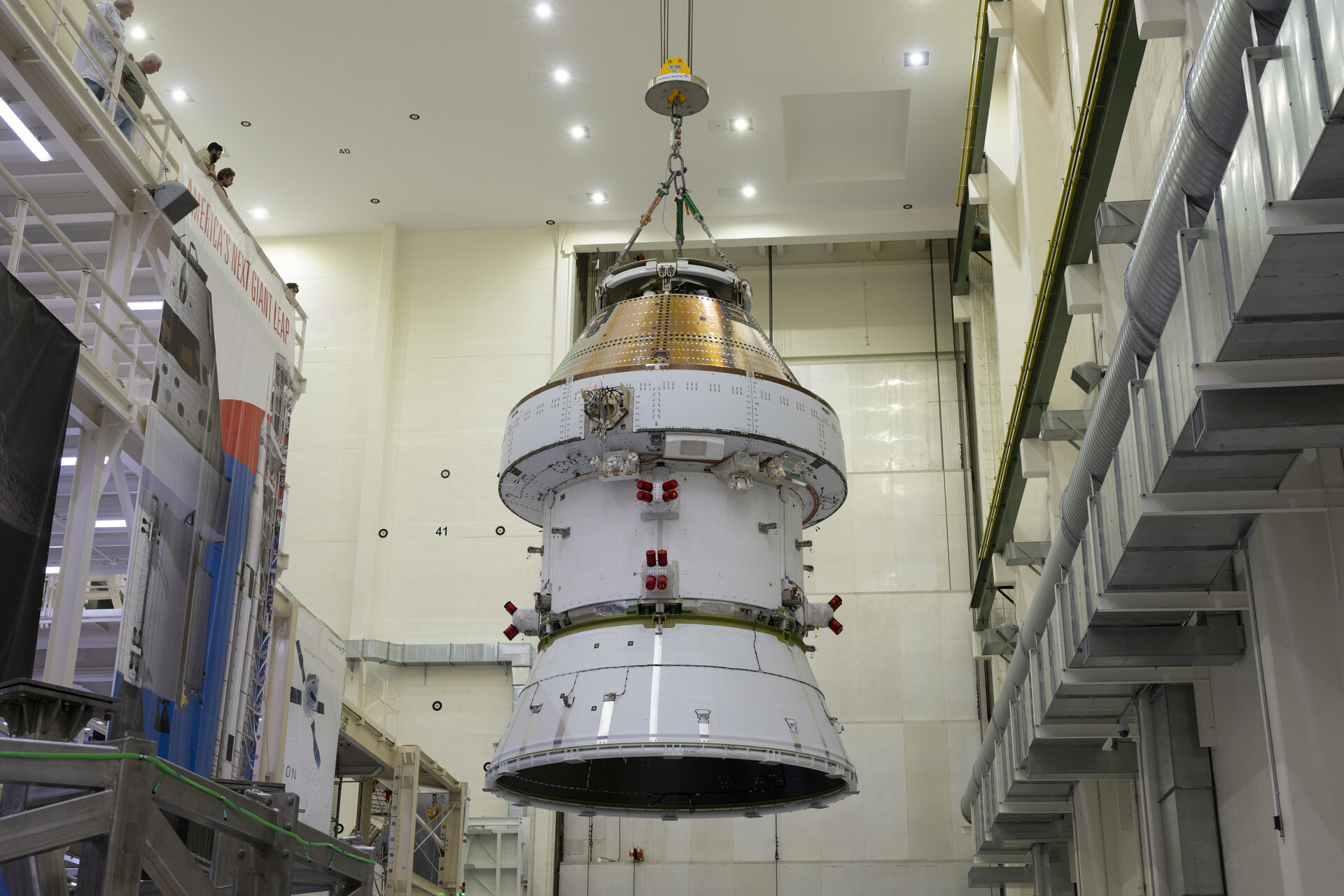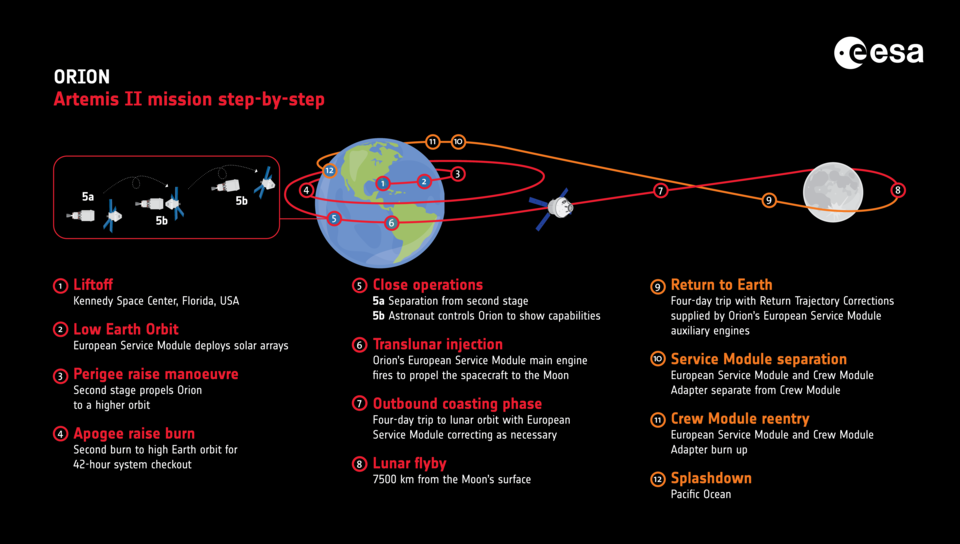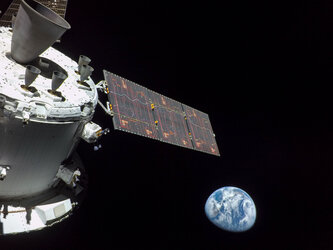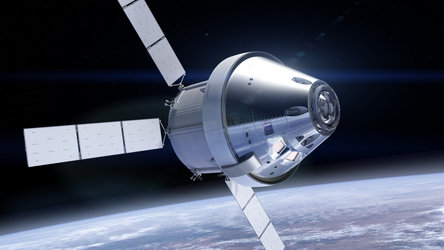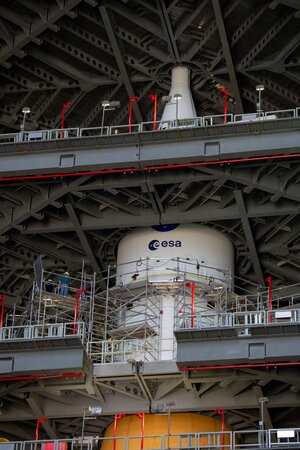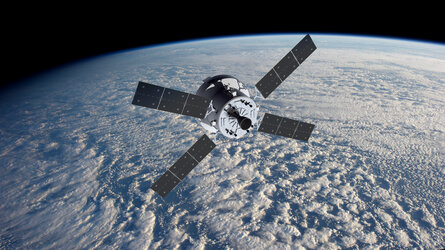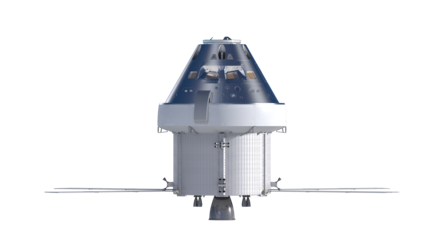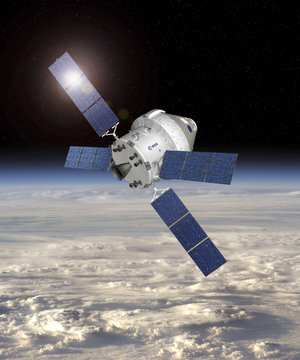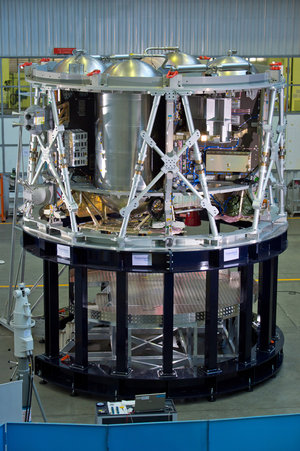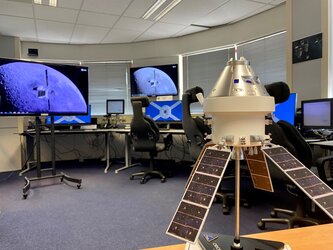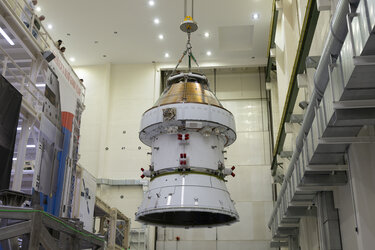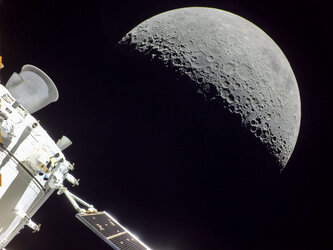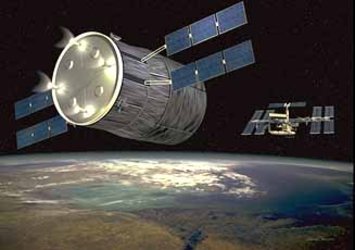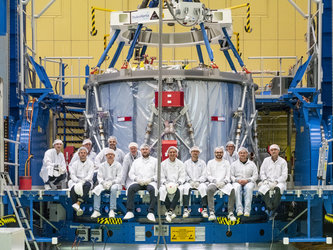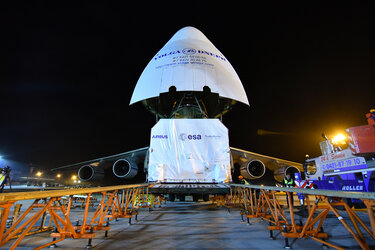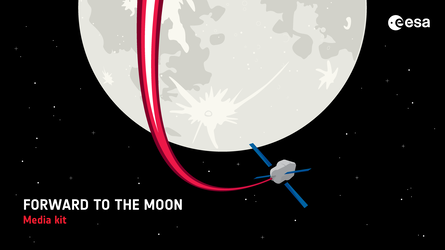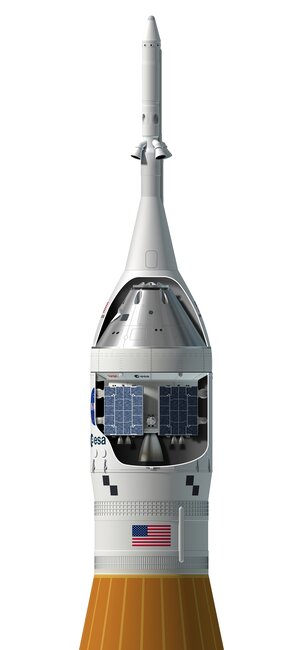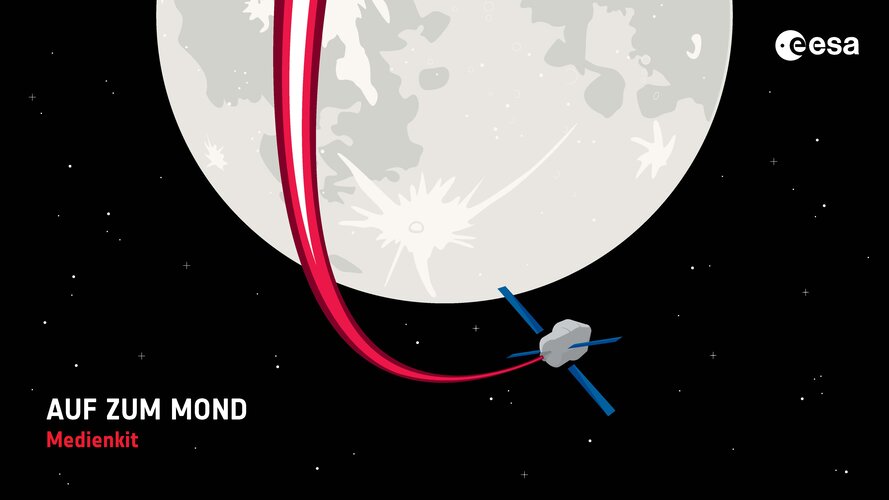Artemis II
Artemis II, planned for early 2026, will be the first mission to send humans around the Moon in over half a century.

Following the Artemis I uncrewed test flight, Artemis II will see a crew of four astronauts – NASA astronauts Reid Wiseman, Victor Glover and Christina Koch, and Canadian Space Agency astronaut Jeremy Hansen – complete a different flight path.
The second Artemis mission builds on the first, continuing to test the capabilities of the Orion spacecraft and its European Service Module, now fitted with life support systems to keep the crew safe and healthy.


Access the video
By April 2026, NASA’s Space Launch System (SLS) rocket will launch the second Orion spacecraft from the Kennedy Space Center in Florida, US. After reaching low Earth orbit, the rocket’s upper stage will boost Orion into a highly elliptical orbit, where mission teams will verify that all systems are performing as expected.
During this phase, astronauts will also take manual control of the spacecraft to conduct a proximity operations demonstration with Orion and its European Service Module. These capabilities will play a critical role in future Artemis missions, particularly in delivering and positioning Gateway elements such as ESA’s Lunar I-Hab module.

Once all checks and demonstrations have been completed, the second European Service Module will give the Orion spacecraft the final push to inject it into translunar orbit, flying almost 9000 km beyond the Moon and swinging around it before coming back home on a safe, free-return trajectory.
The Orion spacecraft for Artemis II is now fully assembled and undergoing final preparations ahead of launch, planned for early 2026.

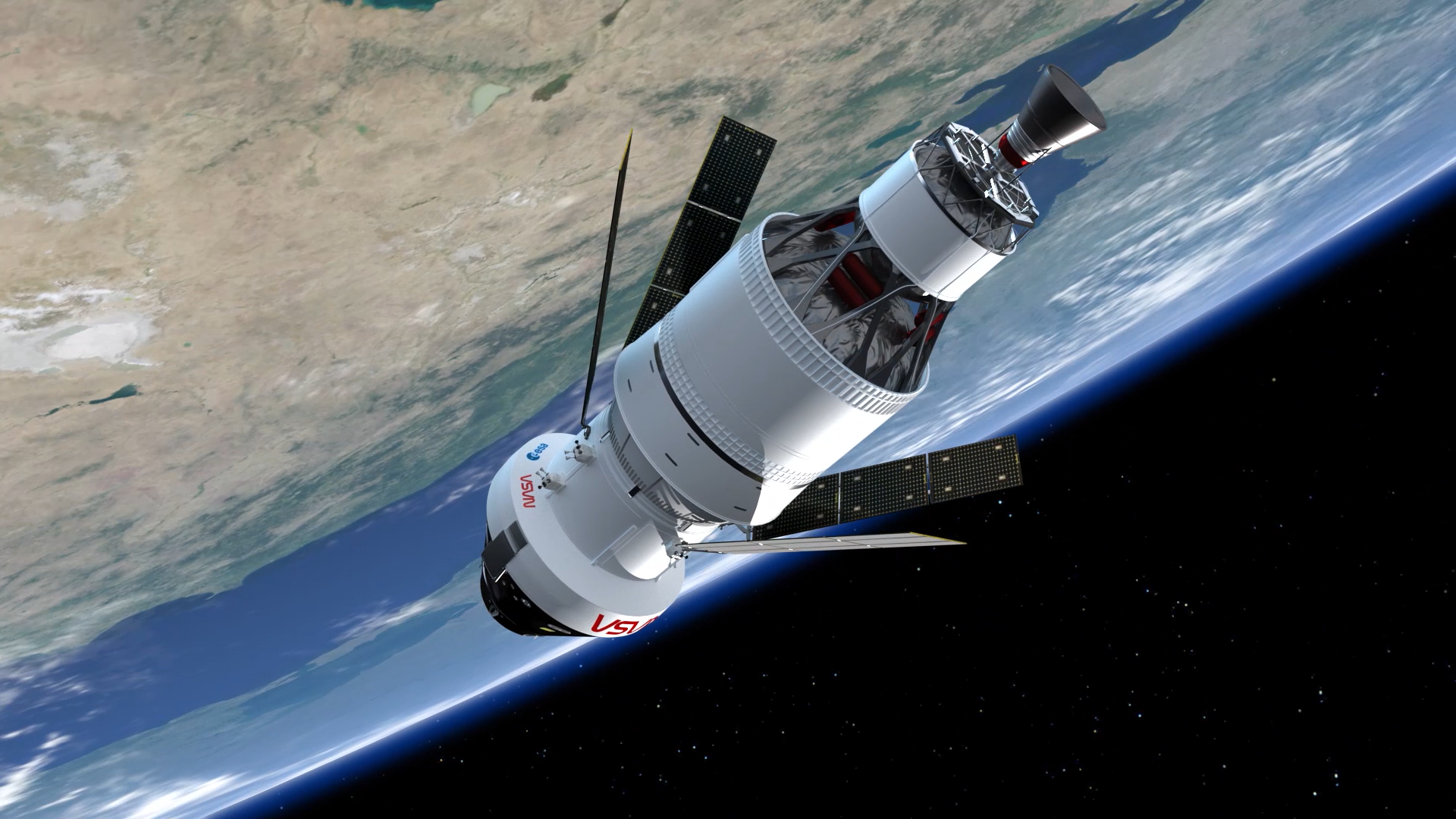
Access the video
Technical details
Launch: 2026
Duration: minimum 8 days
Launch mass of European Service Module: 13 500 kg
- 8600 kg propellant
- 240 kg drinking water
- 30 kg nitrogen
- 90 kg oxygen
Payload volume: up to 0.57 m3
Payload mass: up to 380 kg


